The trees are planted next to the typical national monument of Boi Khe Pagoda (Banyan tree, Bodhi tree). During their existence, the Banyan tree, Bodhi tree and three-root Banyan tree have contributed significantly to preserving the traditional cultural values of the nation, the love of homeland and country of the local people.
The recognition of 03 heritage trees is a legal basis to facilitate care and protection and contribute to raising awareness and responsibility of the community in protecting rare genetic resources, preserving national historical and cultural traditions, protecting biodiversity and the environment of Vietnam.
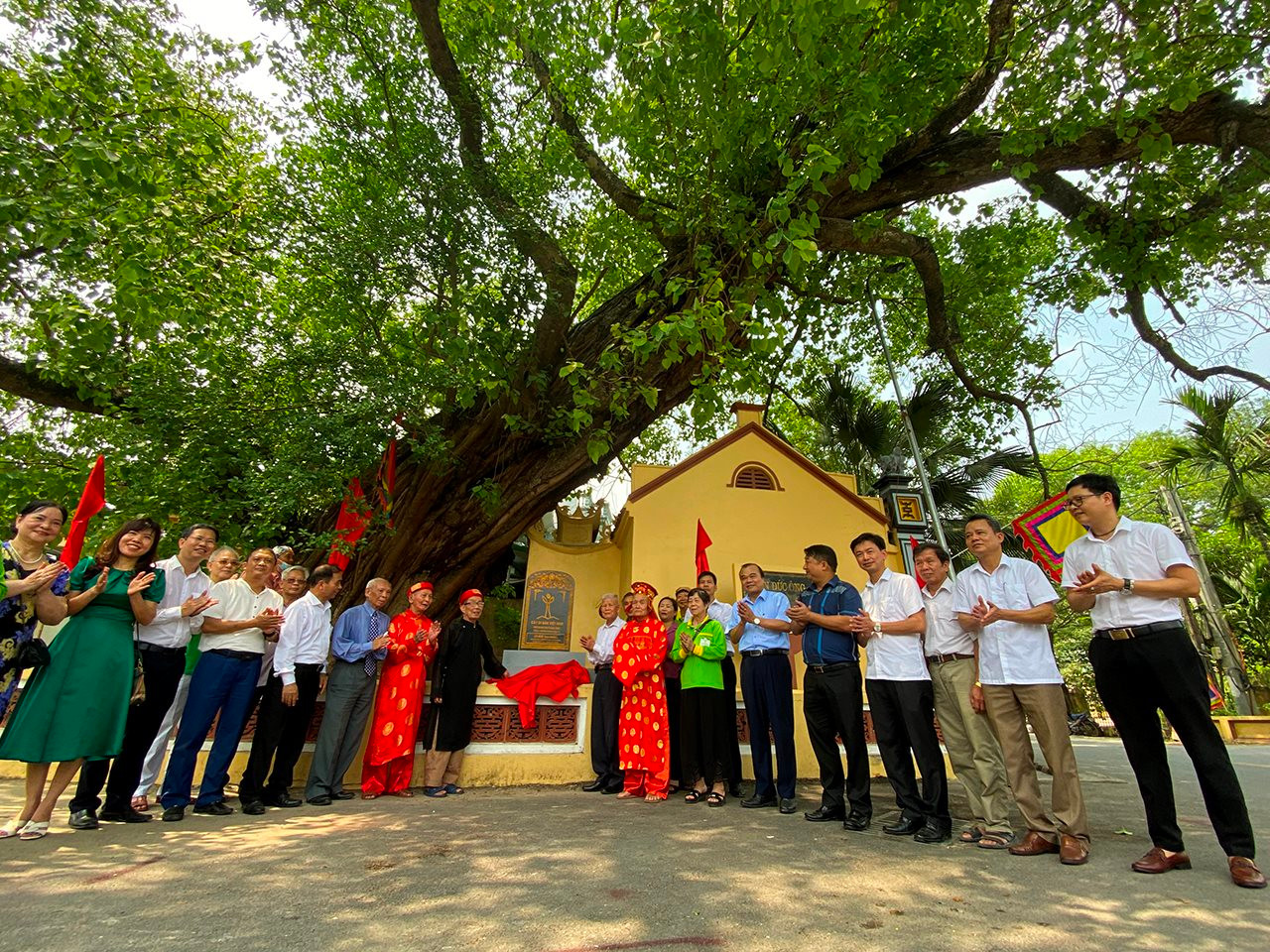
1000 year old historical temple
Song Khe is a place of outstanding people. The land of Song Khe, Tam Hung, past and present, has always been known for its rich history, culture and revolution. In the village, there are 05 ranked relics, of which 03 are ranked as typical national relics such as Boi Khe Pagoda; Kim Communal House; Nguyen Truc Temple...
Boi Khe Pagoda's Chinese name is Dai Bi Tu (大悲寺). Boi Khe Pagoda dates back to the Ly Dynasty and was built on a large scale during the Tran Dynasty in the 10th year of Khai Huu (1338) under King Tran Hien Tong. This is one of the oldest pagodas in the Northern region, located on the ancient Do Dong Giang River. In the Thanh Oai region, for many generations, there has been a saying "Do Dong Giang opens Thanh Oai and shows the Saints".
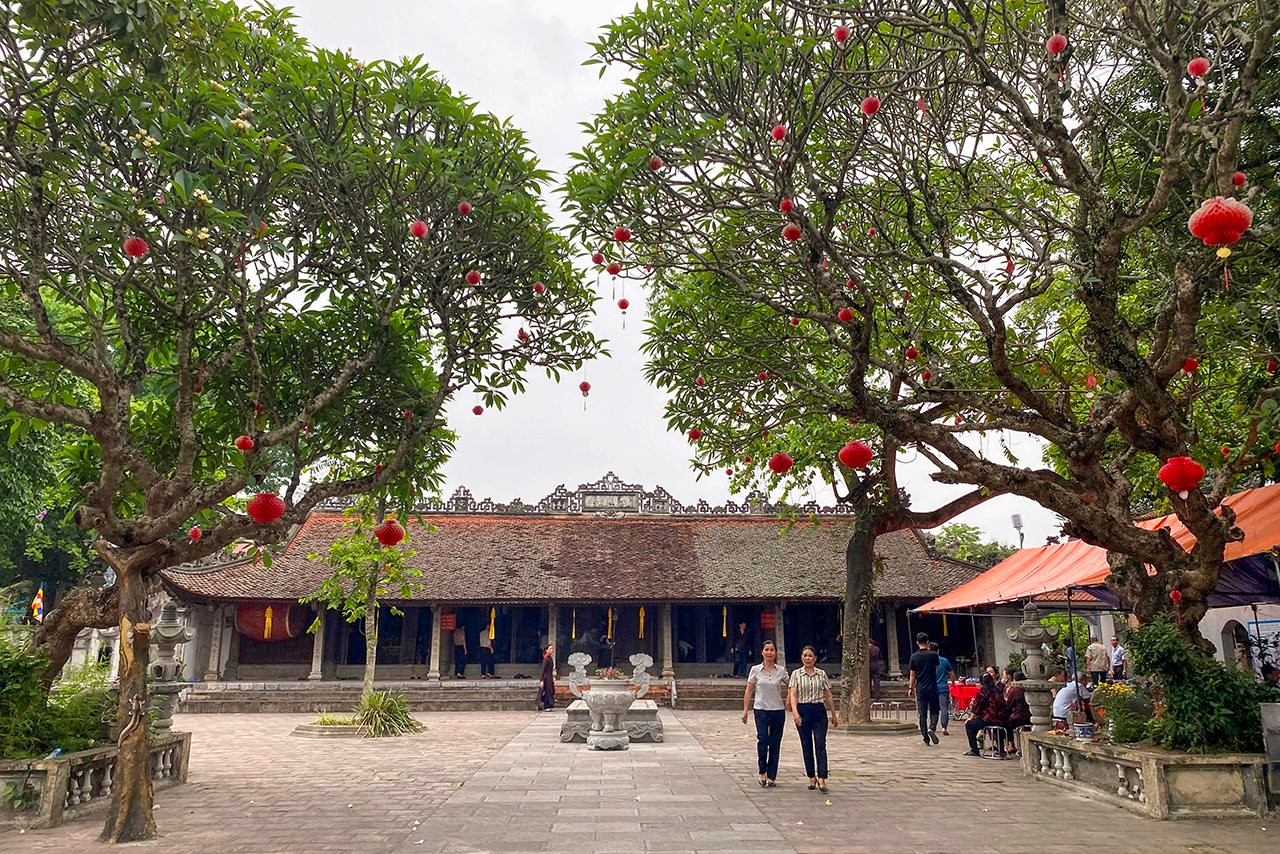
Boi Khe Pagoda worships Buddha and a Saint named Nguyen Binh An (popularly known as Saint Boi). He has many merits in helping kings fight enemies, govern the country, and pacify the people. Boi Khe Pagoda is not only a valuable historical relic in terms of age but also has a unique wooden architecture. The pagoda was ranked as a national historical relic by the Ministry of Culture and Information on April 20, 1979.
During the resistance war against the French, Boi Khe Pagoda was also the gathering place of Tam Hung commune guerrillas. The underground tunnel system, with the secret tunnel door at Boi Khe Pagoda (still preserved today), leading to the villages in the commune, was several thousand meters long, establishing the heroic feat of the four golden words "Tam Hung Anh Dung" and the title "Heroic Unit of the People's Armed Forces" during the period of resistance against the US to save the country. Boi Khe Pagoda is associated with the heroic historical journey of the nation, worthy of everyone's admiration.
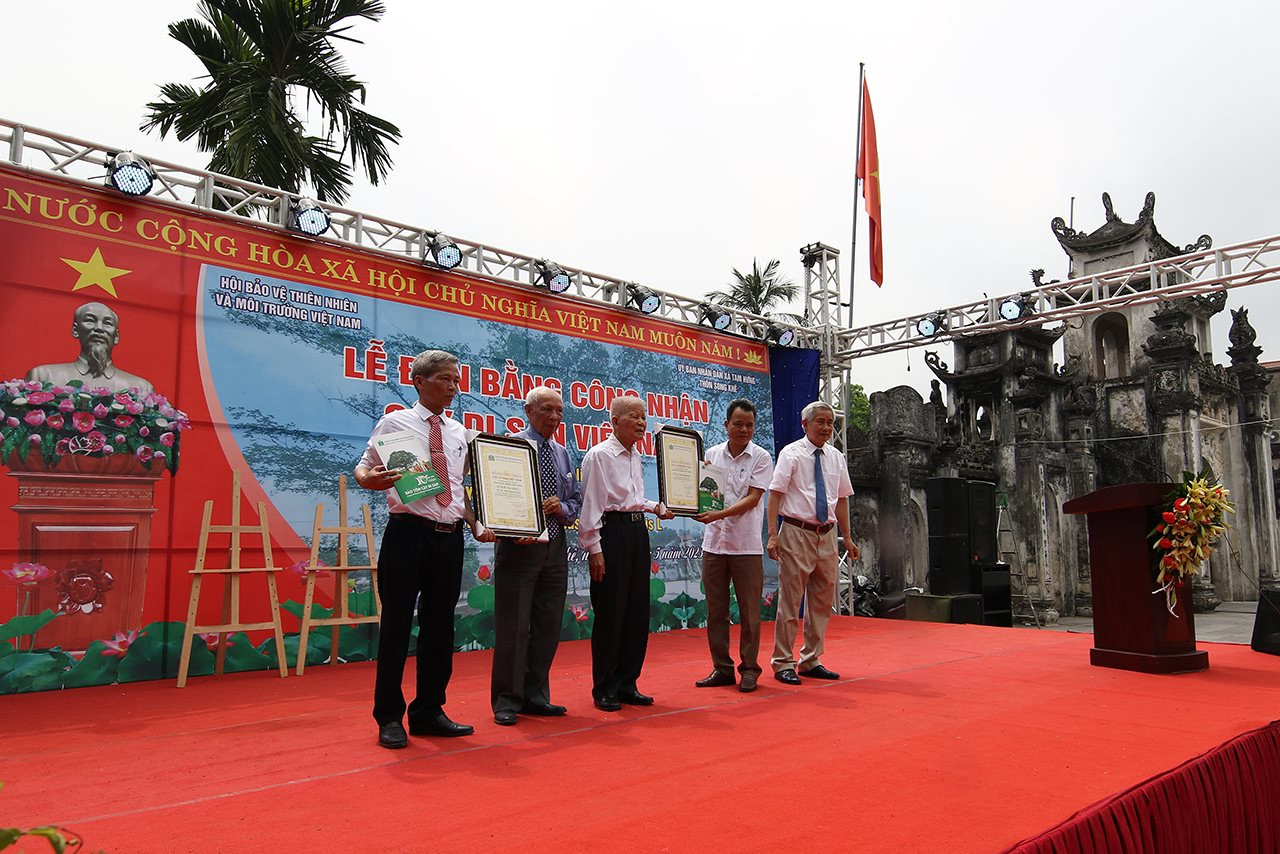
Prof. Dr. Dang Huy Huynh, Vice President of the Vietnam Association for Conservation of Nature and Environment, Chairman of the Vietnam Heritage Tree Council, ASEAN Biodiversity Hero and Prof. Dr. People's Teacher Tran Hieu Nhue, Vice President of the Vietnam Association for Conservation of Nature and Environment presented the certificate of recognition of Vietnam heritage trees to Song Khe village, Tam Hung commune.
Today, Boi Khe Pagoda is a place of spiritual practice not only for local people but also a place for visitors to admire the pagoda's treasures.
Buddhist symbol of Boi Khe ancient pagoda
According to legend, the Duc Ong temple in front of Boi Khe pagoda was built at the same time as Boi Khe pagoda. Duc Ong temple is the temple of the pagoda. Before entering the pagoda, visitors from all over the world go to Duc Ong temple to burn incense and ask for permission to enter the pagoda to worship Buddha and saints. The Bodhi tree was planted after the temple was built. In the genealogy of the Le family in Boi Khe village, it is recorded that the person who planted the Bodhi tree was Mr. Le Dinh Tho, planted nearly 500 years ago.
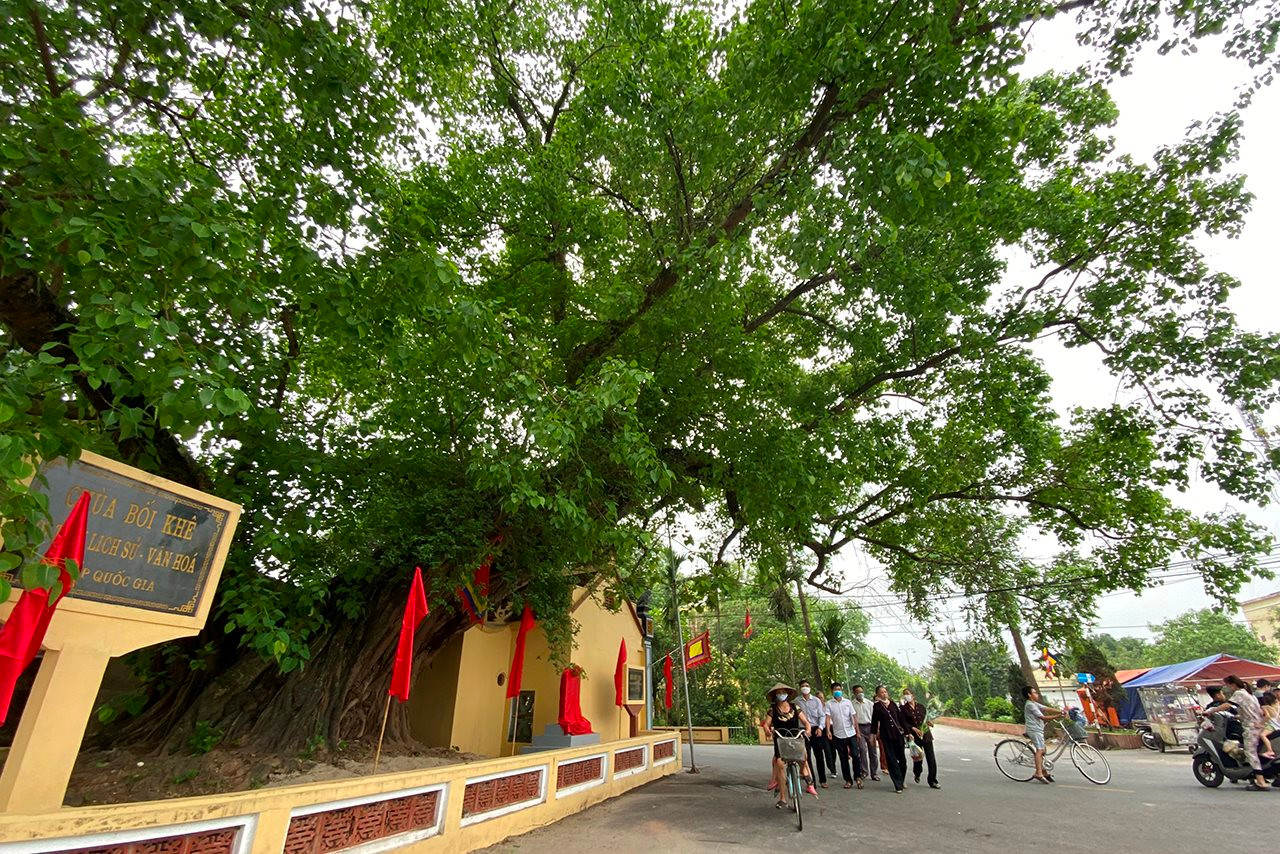
Over the course of several hundred years, this Bodhi tree has witnessed the ups and downs of the history of the homeland and the nation; witnessed many cultural and religious events at Boi Khe Pagoda with rituals during pagoda festivals and other spiritual and cultural activities.
Ms. Le Thi Chuc (83 years old) said that since her grandparents' time, they have seen the majestic "Old Trees" here, providing shade for the people. Hundreds of years have passed, but the Bodhi tree at Duc Ong Temple and Boi Khe Pagoda is still cared for and protected by the local people. The Bodhi tree is a symbol of Buddhism associated with the ancient Boi Khe Pagoda.
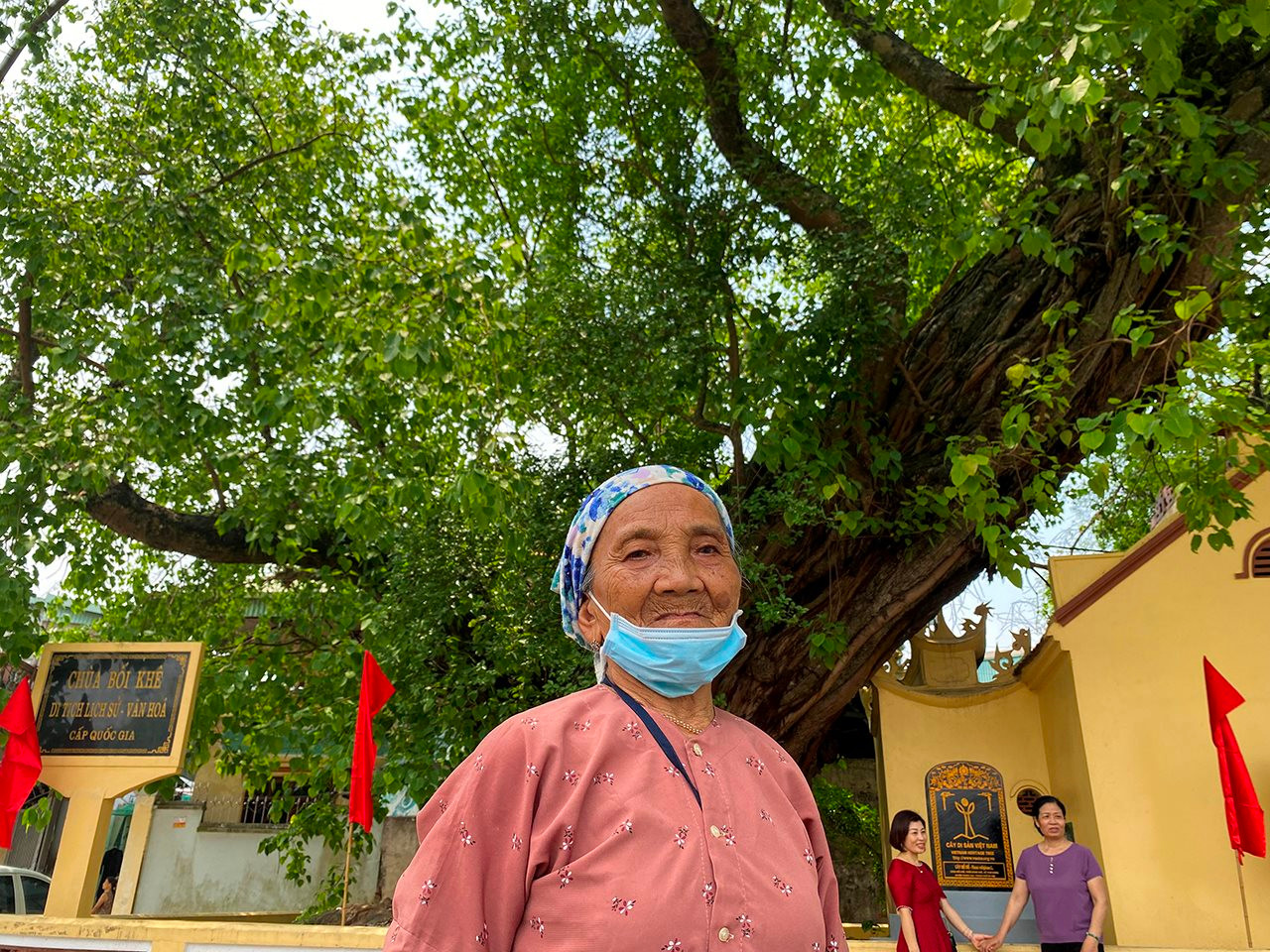
The ancient Bodhi tree in the Boi Khe pagoda relic site is the pride of the homeland, contributing to painting the picture of historical, cultural, religious and spiritual relics of local people.
Regarding the banyan tree in front of the pagoda, Mr. Nguyen Van Cuong (70 years old, Song Khe village) shared that according to the elders in the village, it has been around for a long time, hundreds of years. In fact, no one knows exactly when the tree was built. We only know that "Banyan tree at Boi pagoda" or "Banyan tree at the pagoda gate" is a common saying that people have been talking about for generations.
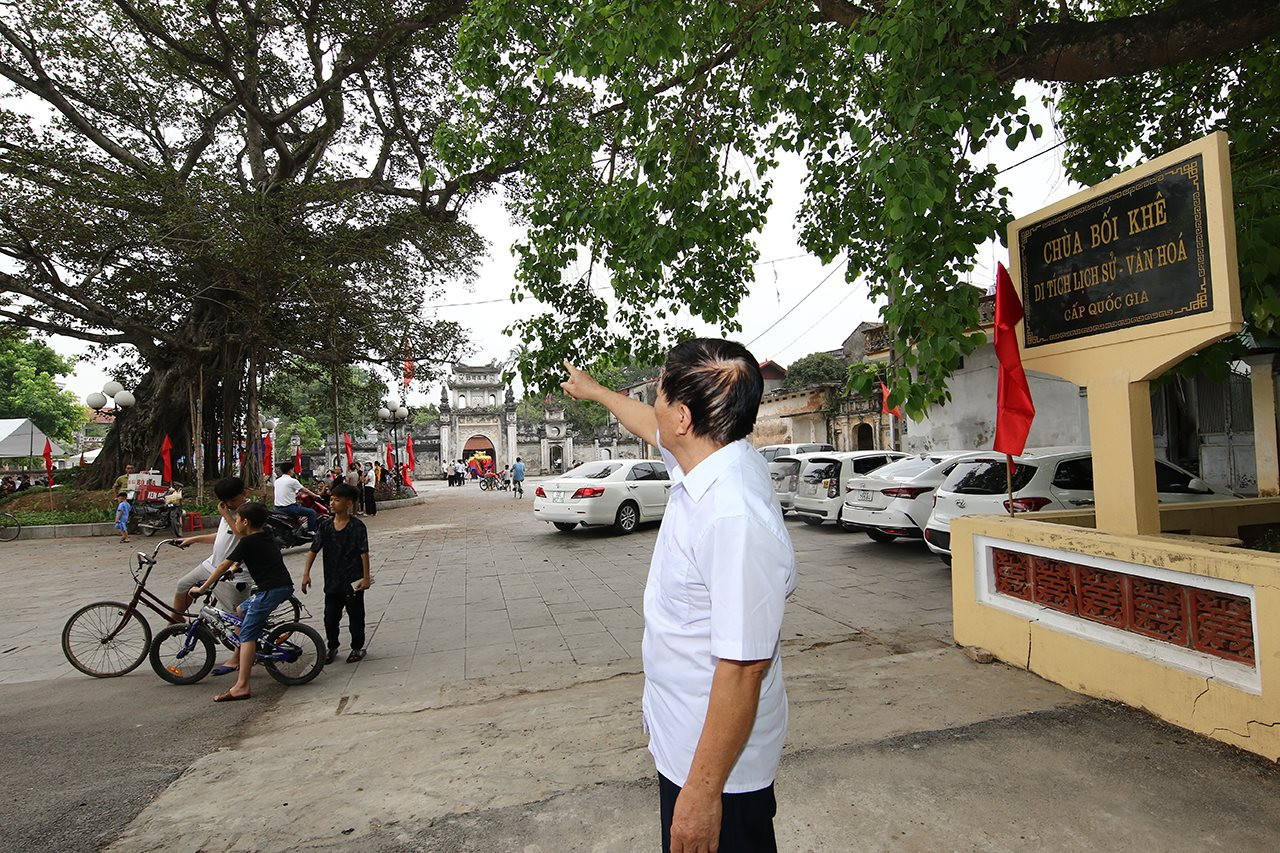
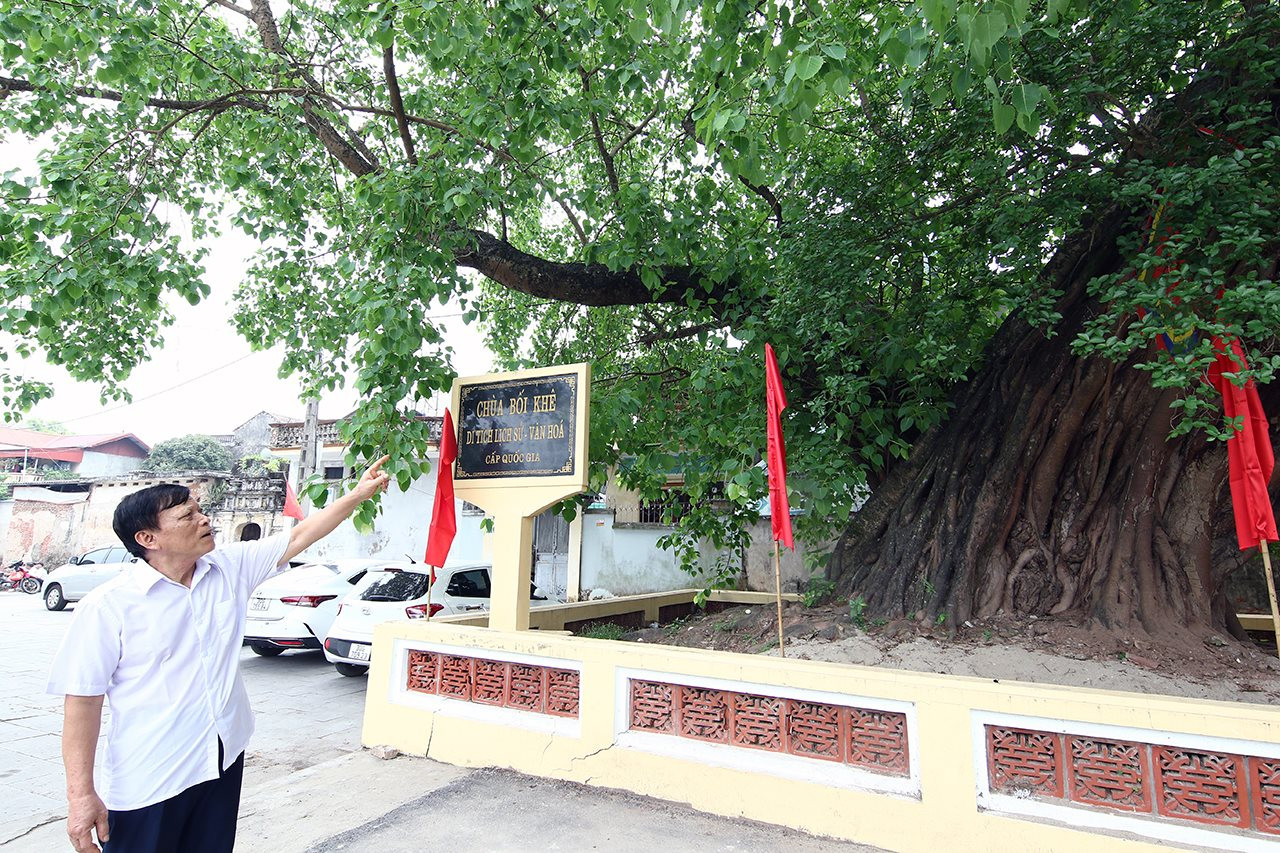
The banyan tree stands on a main trunk and some secondary roots, slightly leaning towards the wide yard in front of the five-door gate of the pagoda, making the pagoda even more solemn and quiet, true to the nature of a Zen temple in the countryside.
After hundreds of years, the banyan tree of Boi Khe pagoda is still majestic in front of the five-door gate of the pagoda, a very clever arrangement between Duc Ong temple with the ancient Bodhi tree, the five-door gate, deep inside is the three-door gate and the two-story, eight-roofed bell tower, creating a wonderful landscape of a Zen forest in the countryside. Hundreds of years have passed, but the banyan tree of Boi Khe pagoda is still cared for and protected by the people around the area.
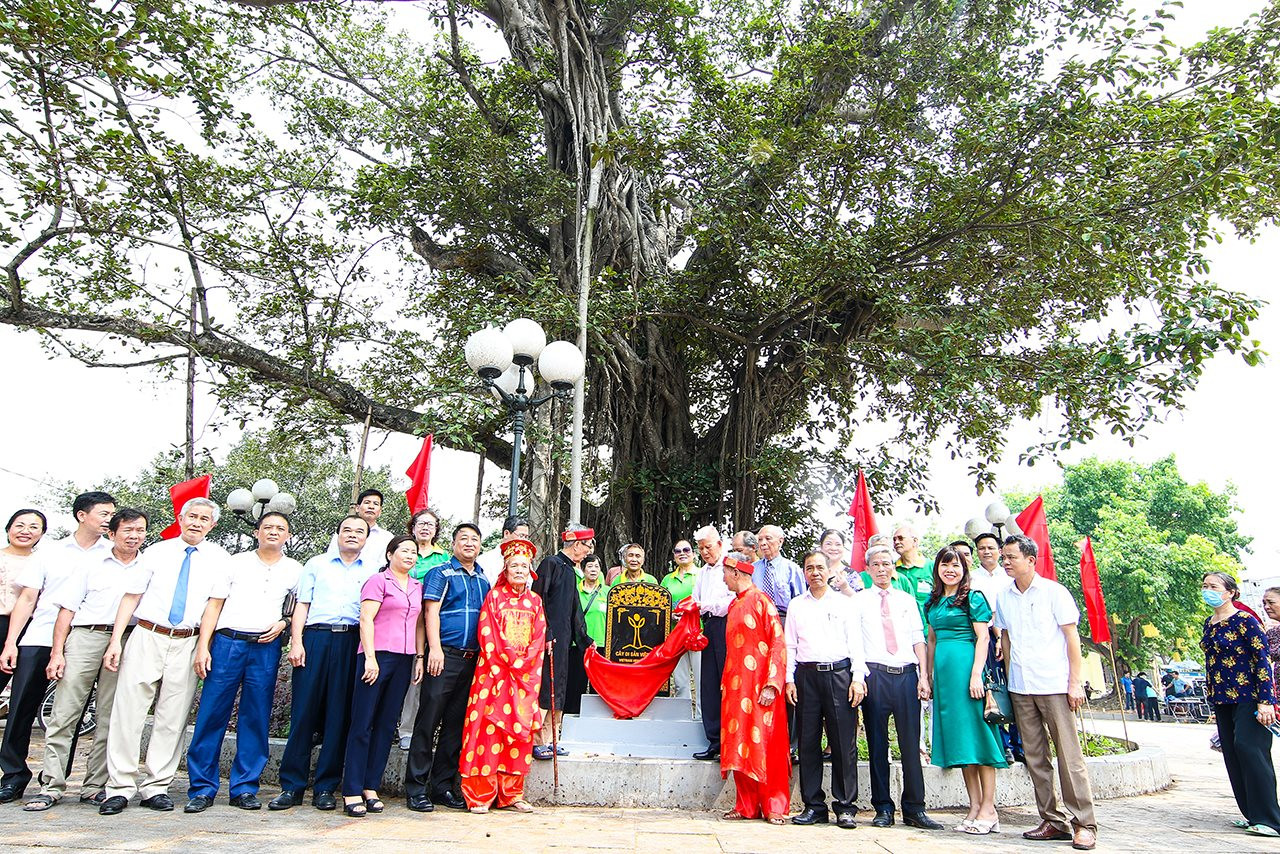
"Base" in the resistance
The three-root banyan tree at the beginning of Song Khe village has existed for generations. The tree has a main trunk and three secondary trunks with roots planted in the ground, so people often call it the three-root banyan tree. The image of the three-root banyan tree has long been familiar to Song Khe people and people around the area. The three-root banyan tree has witnessed many changes in the homeland and country, and is a resting place for villagers and travelers when passing through this place.
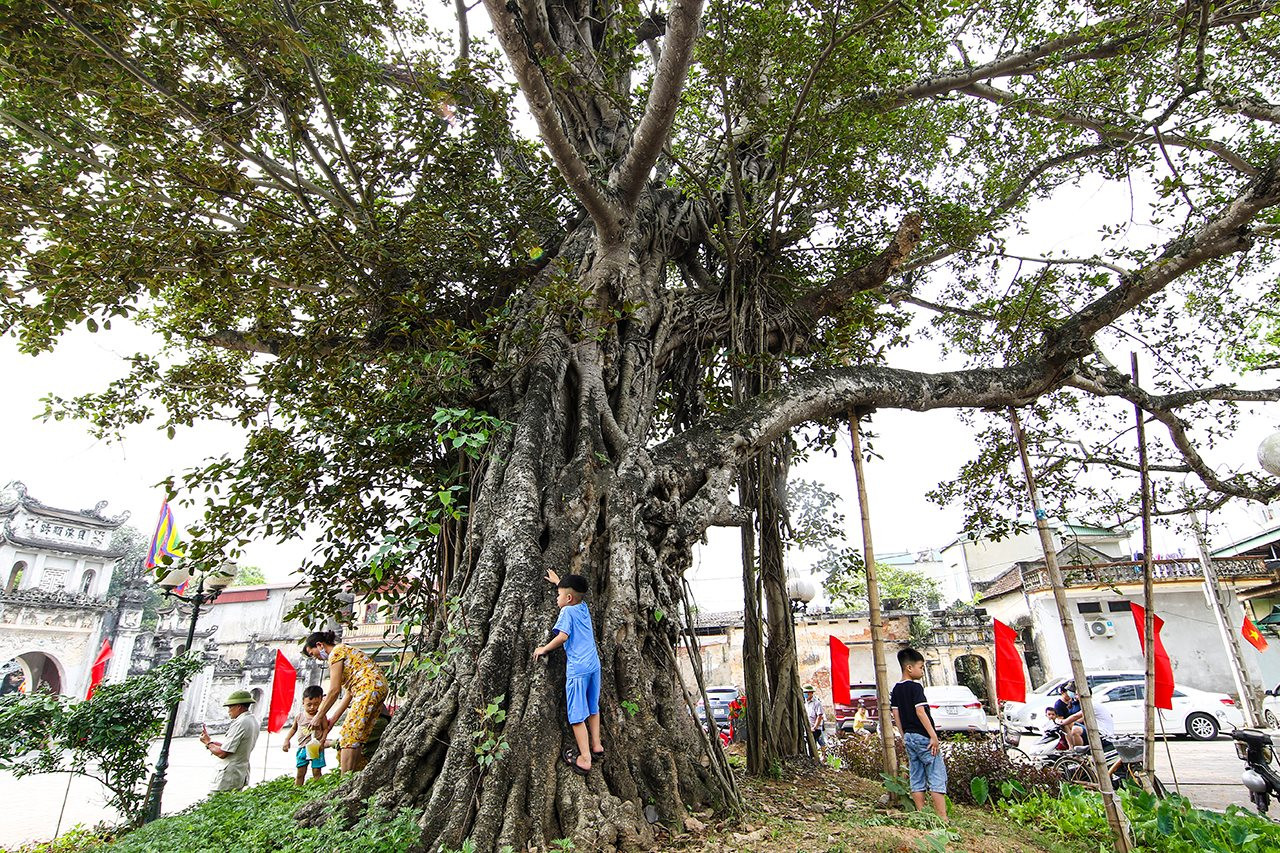
During the resistance war against French colonialism, the three-root banyan tree was a gathering place for guerrillas and villagers to fight the enemy. Under the tree was a secret mailbox, instructions from superiors, and leaflets of the Viet Minh Front were kept. Therefore, the battles against sweeps made the enemy troops terrified, contributing to the glorious achievements of the Tam Hung guerrillas with the four golden words "Tam Hung Anh Dung" (1948).
During the resistance war against the US to save the country, the three-root banyan tree was where the militia set up their battle huts. When there were US aircraft, the alarm was raised for the militia to join the fight, while the people went down to the shelters. On the high hut, the youth shock troops were the announcers who used loudspeakers to announce the Party and State's policies on the resistance war and national construction, mobilizing the youth to go to war, while those who stayed behind enthusiastically produced, implementing the slogan "Not a pound of rice is missing, not a soldier is missing" contributing to the whole Tam Hung commune achieving the title of Heroic Unit of the People's Armed Forces (1995).
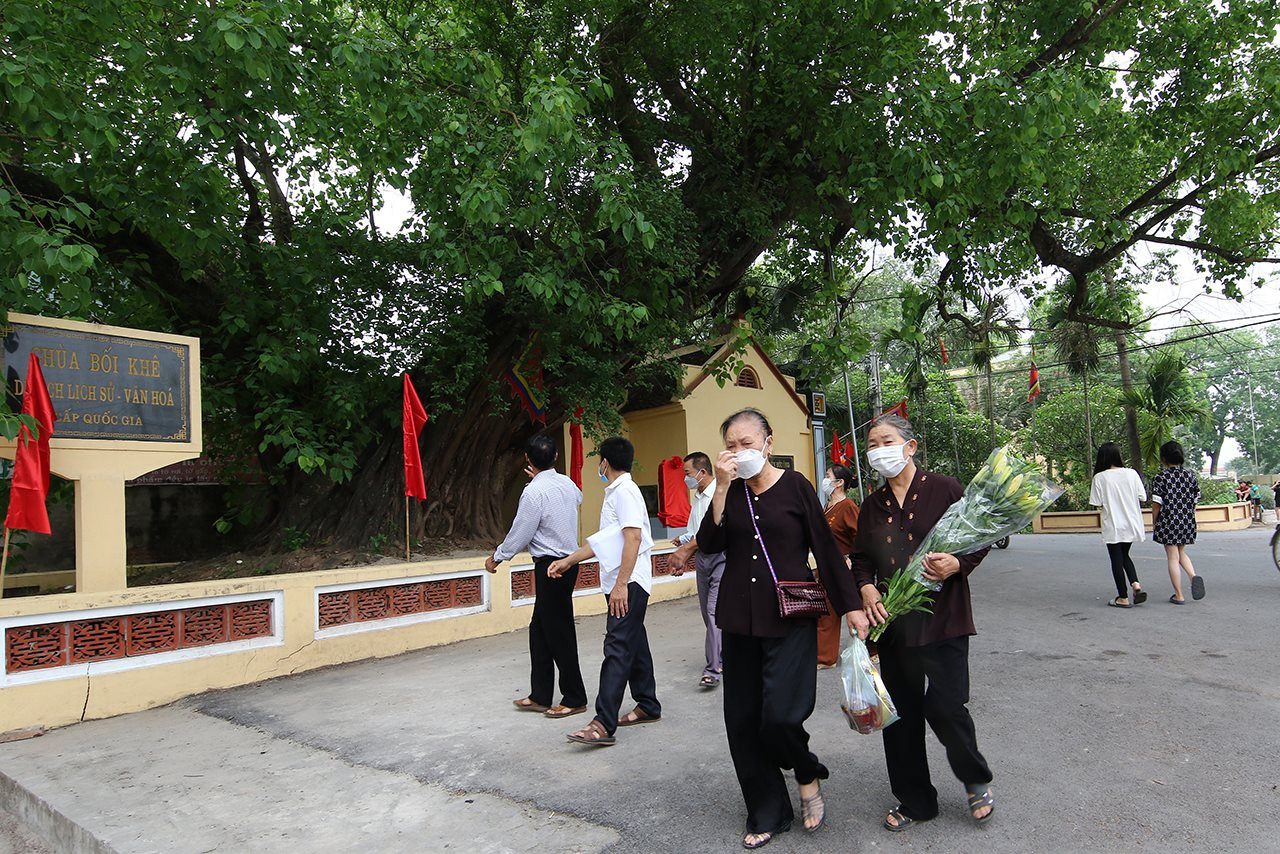
Pride of Tam Hung commune people
During their existence, the banyan tree, the bodhi tree, and the three-root banyan tree have contributed significantly to preserving the traditional cultural values of the nation and the love of homeland and country for the local people.
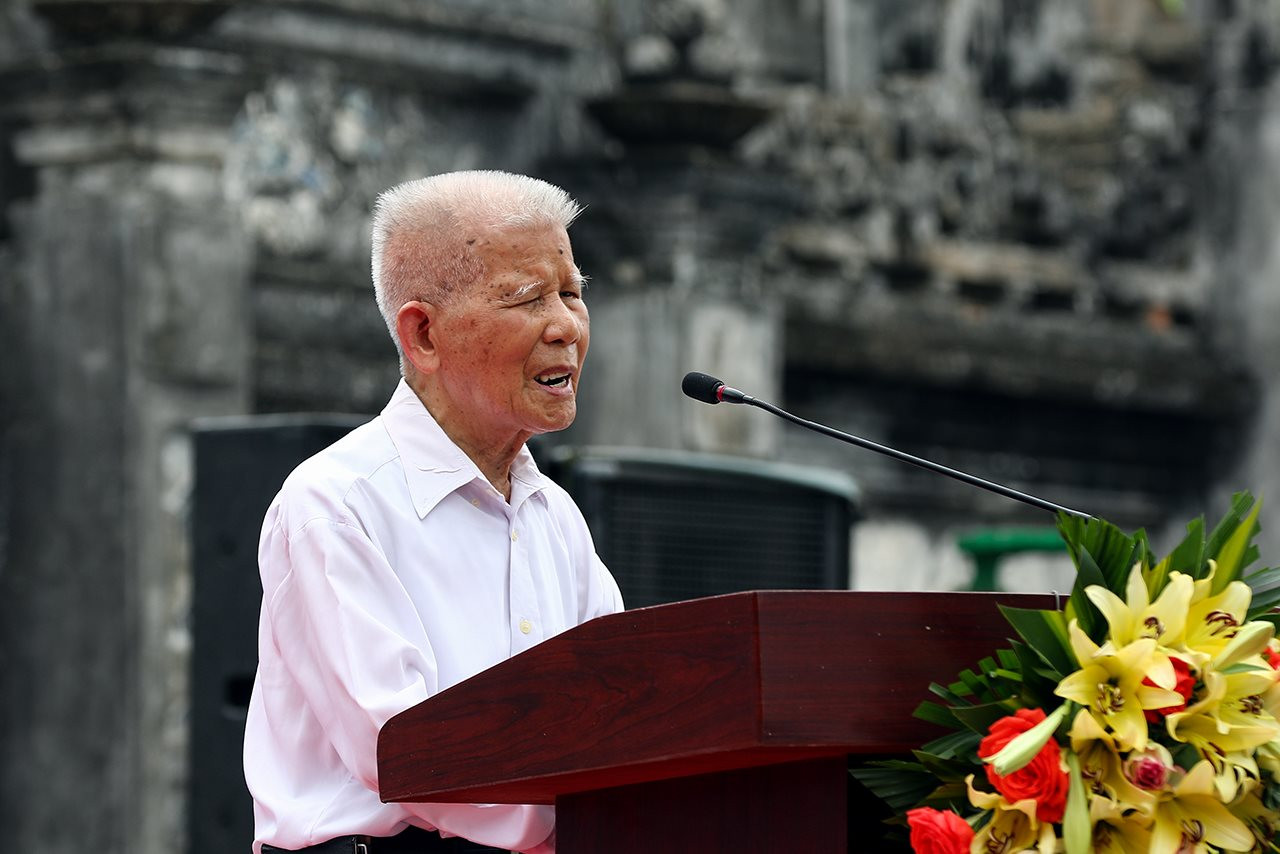
According to Prof. Dr. Dang Huy Huynh, Vice President of the Vietnam Association for Conservation of Nature and Environment, President of the Vietnam Heritage Tree Council, ASEAN Biodiversity Hero, the recognition of 03 heritage trees is a legal basis to facilitate care and protection and contribute to raising awareness and responsibility of the community in protecting rare genetic resources, preserving national historical and cultural traditions, protecting biodiversity and the environment of Vietnam. This is not only the honor of the people of Song Khe village but also the pride of the people of Tam Hung commune, Thanh Oai district in general.
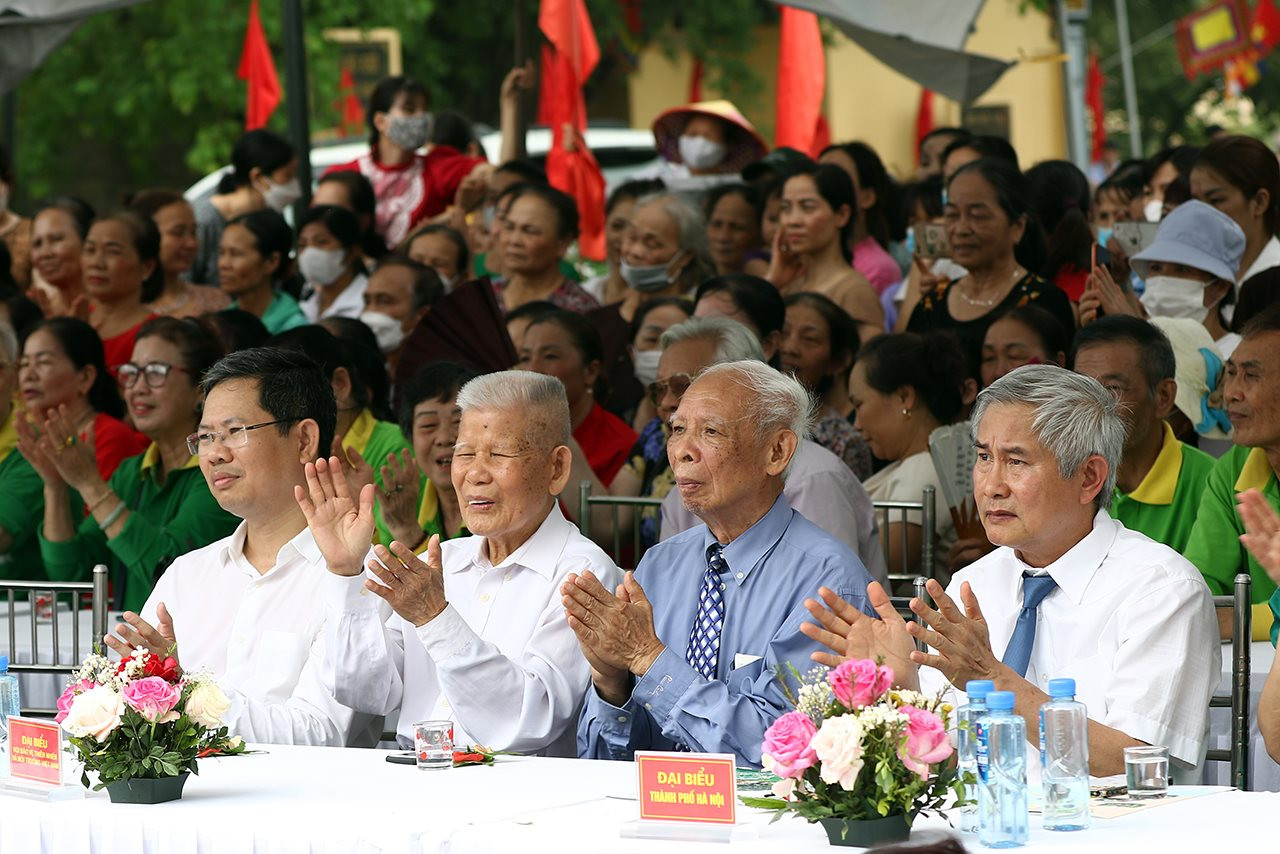
Associate Professor, Dr. Tran Ngoc Hai, Vice President of the Vietnam Heritage Tree Council; Associate Professor, Dr. Tran Hieu Nhue, Vice President of the Vietnam Association for Conservation of Nature and Environment; Associate Professor, Dr. Dang Huy Huynh, Vice President of the Vietnam Association for Conservation of Nature and Environment, Chairman of the Vietnam Heritage Tree Council, ASEAN Biodiversity Hero and Associate Professor, Dr. Pham Minh Phuc, Acting Director, Editor-in-Chief of the Social Sciences Publishing House.
Assoc. Prof. Dr. Pham Minh Phuc, Acting Director, Editor-in-Chief of Social Sciences Publishing House, Chairman of the Trade Union of Vietnam Academy of Social Sciences, who actively participated with the village leaders in preparing the dossier to submit to the competent authorities for recognition of the 3 Vietnamese Heritage Trees honored today.
The recognition and honoring of the heritage tree today continues to encourage and motivate the cadres, party members and people of Song Khe village to be more determined to build our homeland to gain new victories, become more and more beautiful and civilized. We cherish and preserve the existing values and constantly promote them to create and develop better values in the future.
In today's great joy, the leaders of Tam Hung Commune and Song Khe village, on behalf of the cadres and people of Song Khe village, would like to express our gratitude to our ancestors who have planted, cared for, preserved and maintained the heritage tree to this day. We would like to express our gratitude to the leaders of the Party, local authorities, and all classes of people, clans and children living in their homeland as well as living and working far away from home who have worked hard to cultivate and preserve the value of the heritage tree.
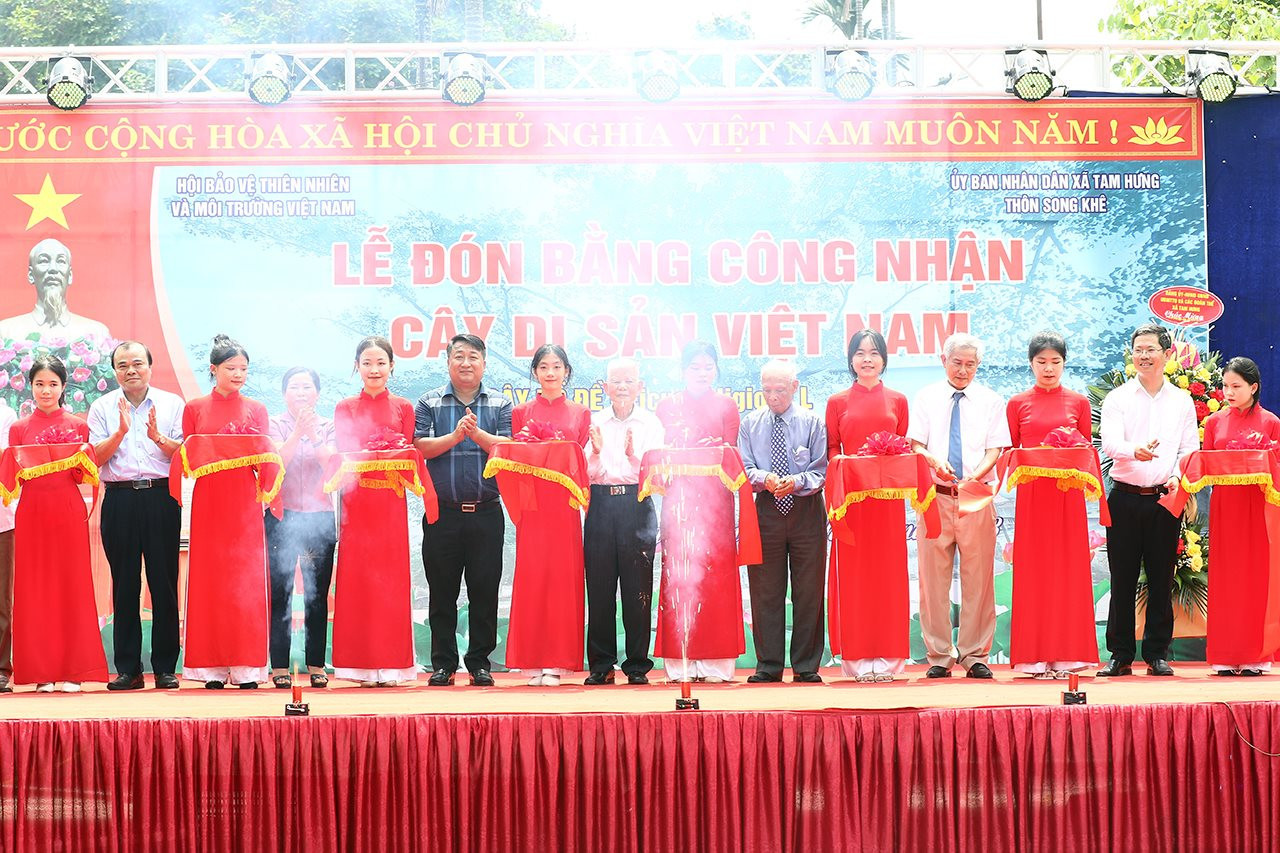
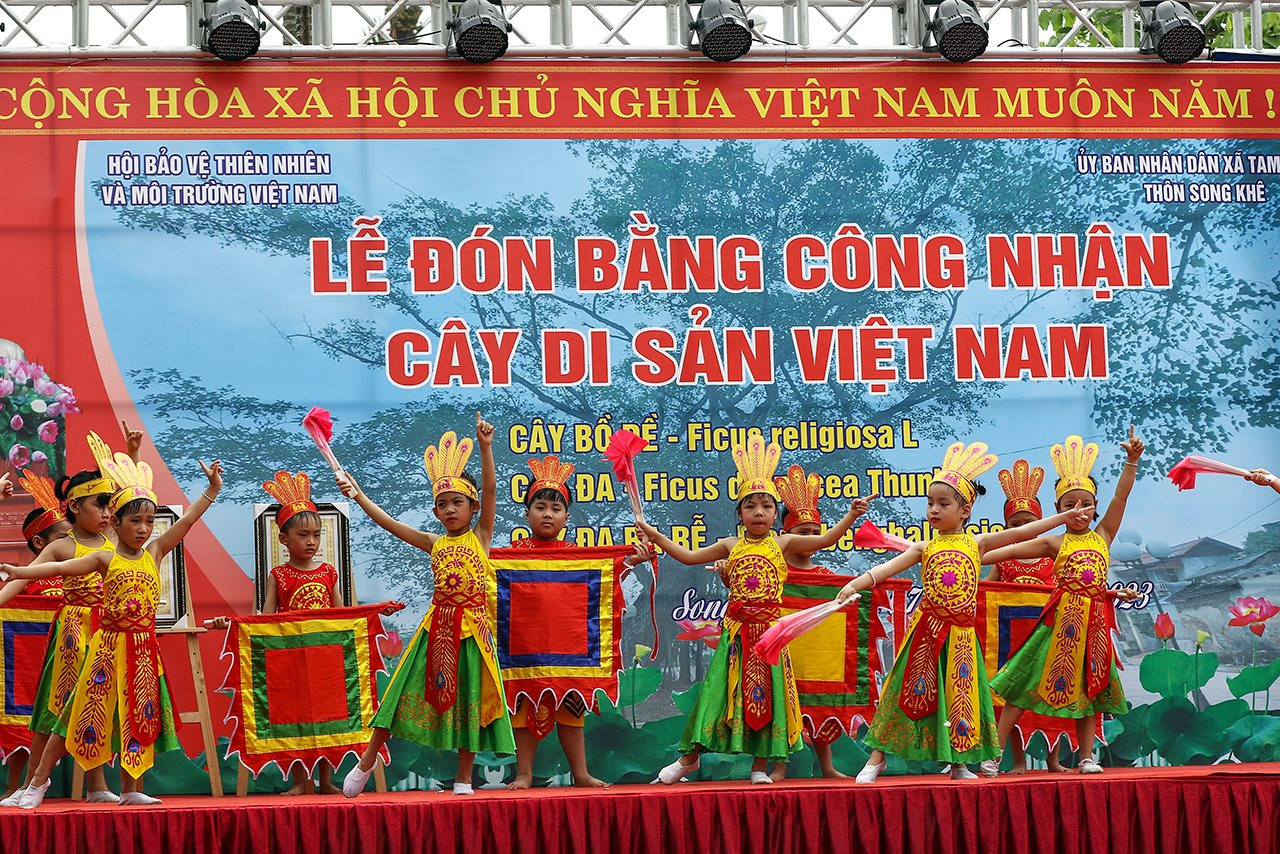
The cadres and people of Song Khe village will continue to care for, protect, and manage, in order to further promote the value of the heritage tree, contributing to enriching the traditional cultural and revolutionary history of Song Khe homeland, Tam Hung commune to become a rich and civilized homeland, worthy of the title of heroic commune, contributing to educating traditions, developing culture and tourism of Tam Hung.

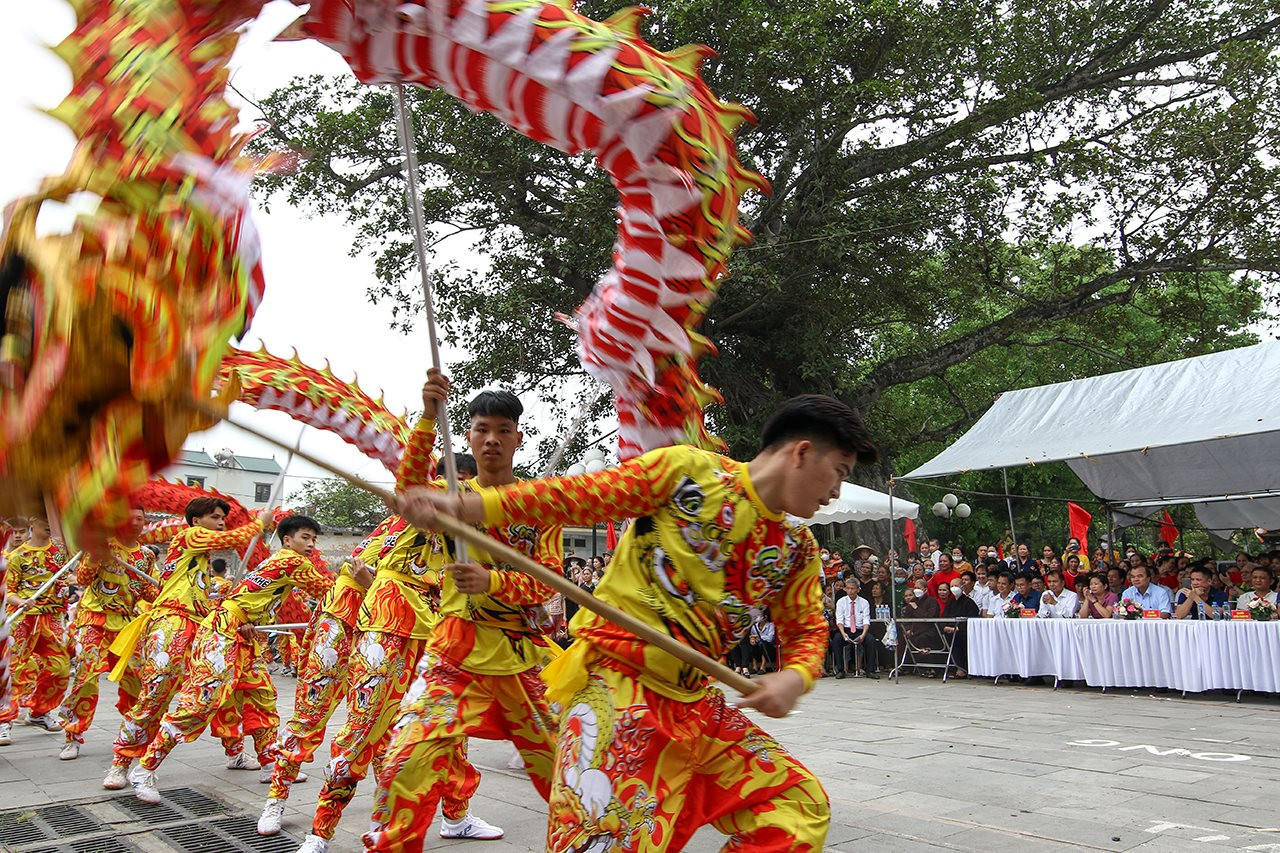

Source


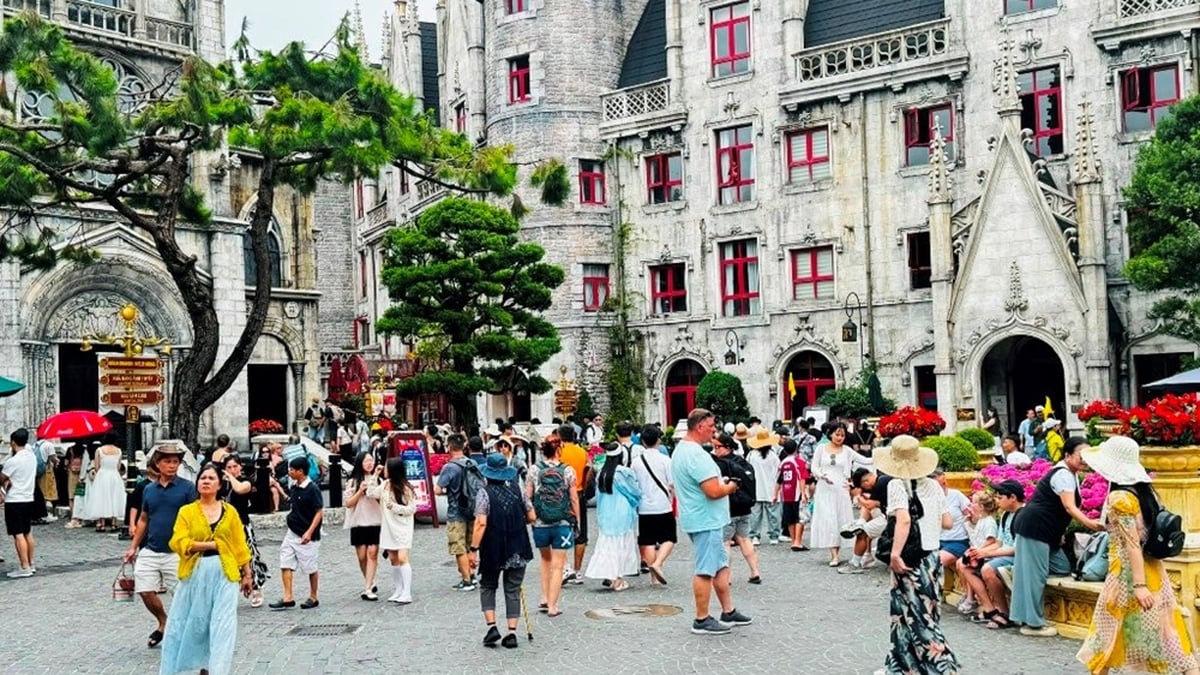

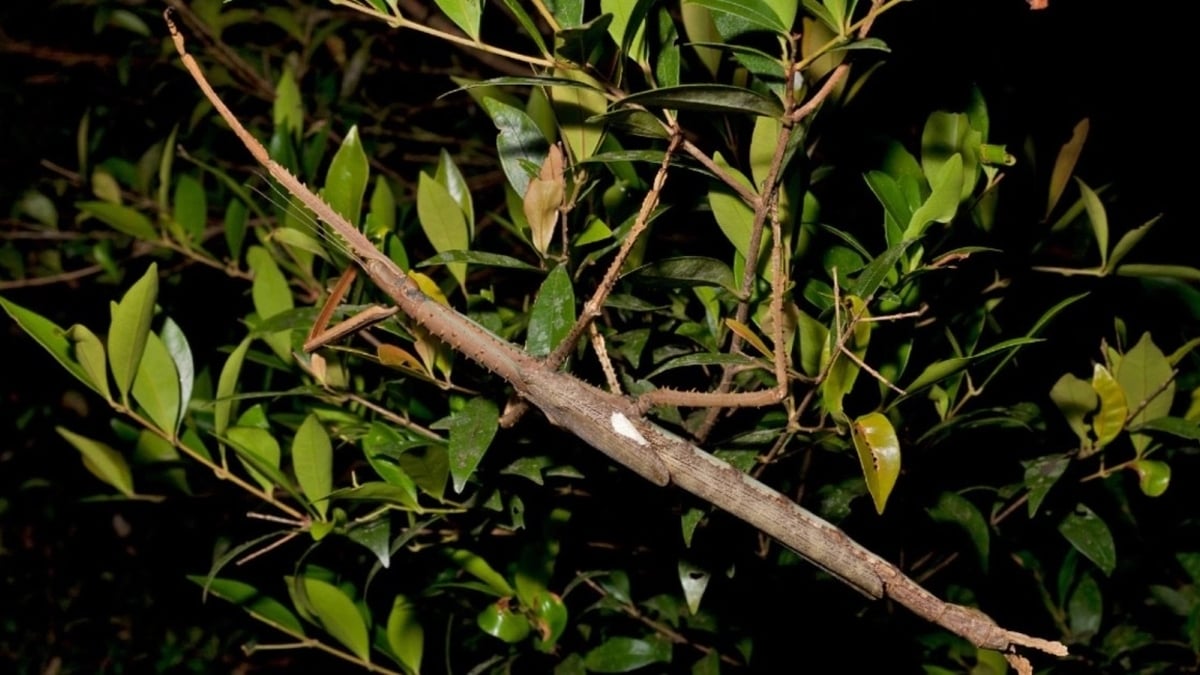
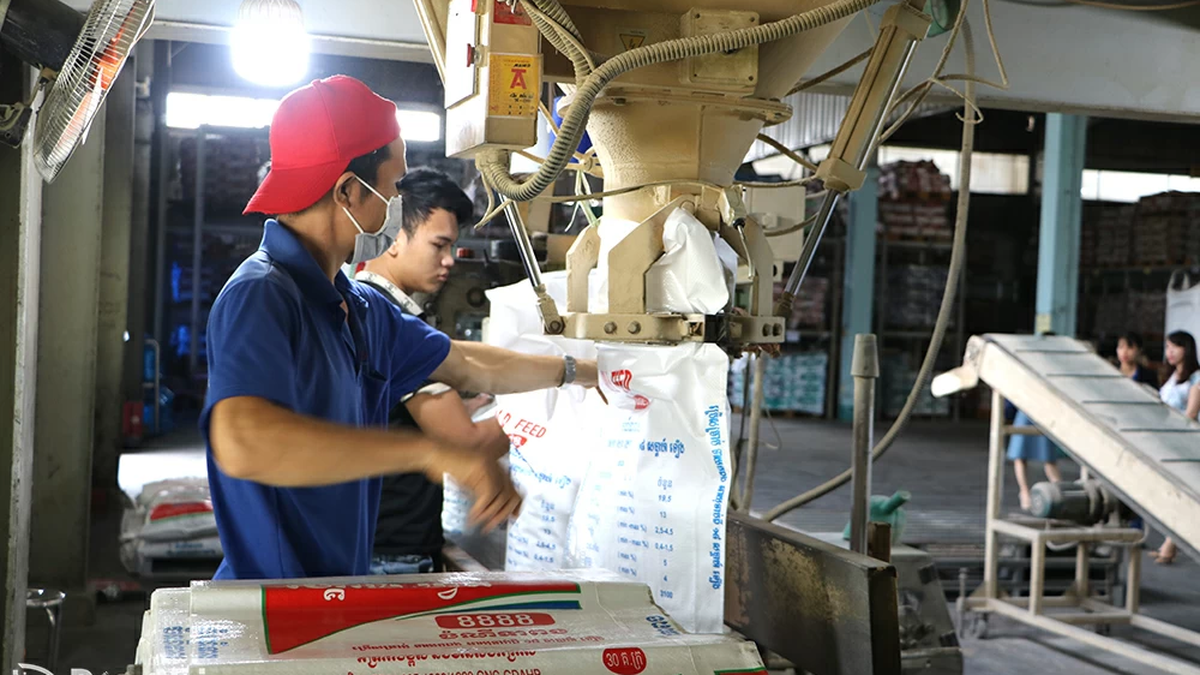




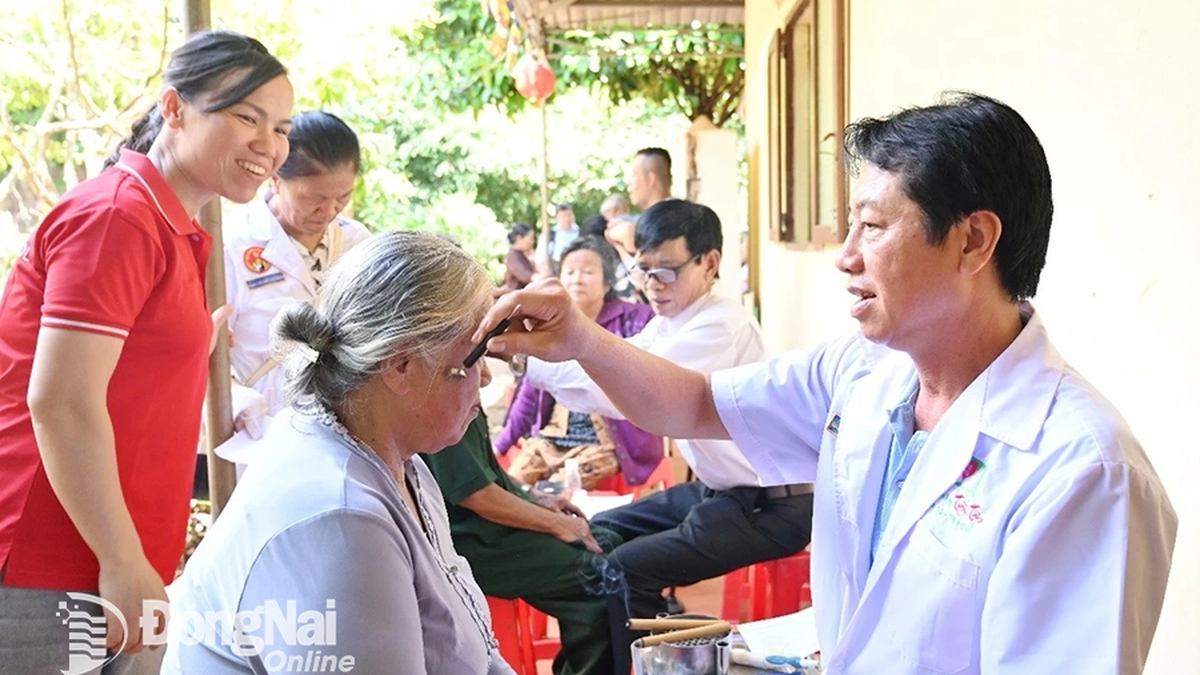
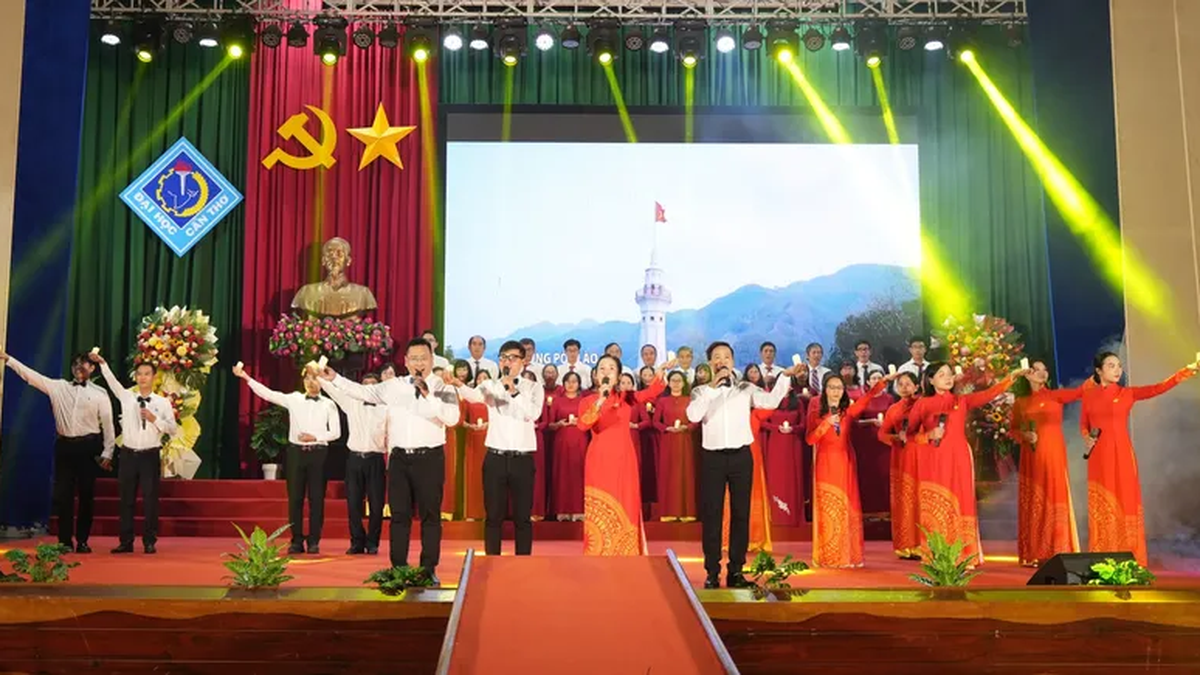
















![[Photo] Nghe An: Provincial Road 543D seriously eroded due to floods](https://vphoto.vietnam.vn/thumb/1200x675/vietnam/resource/IMAGE/2025/8/5/5759d3837c26428799f6d929fa274493)



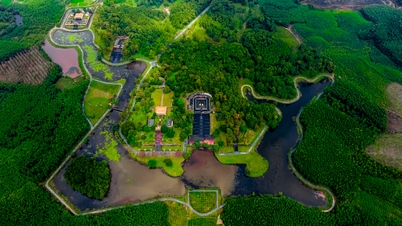



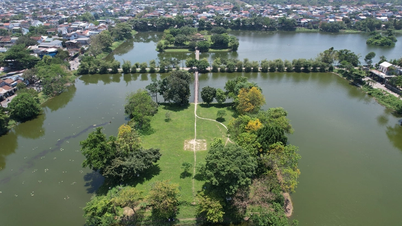
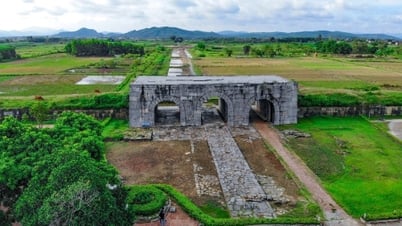

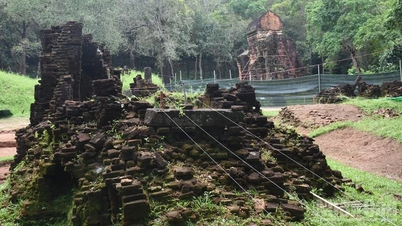






















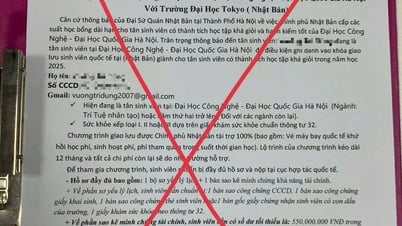













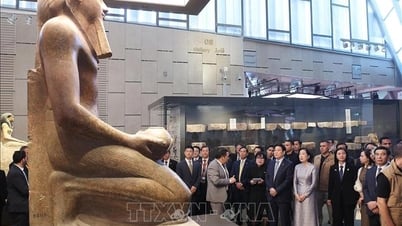


















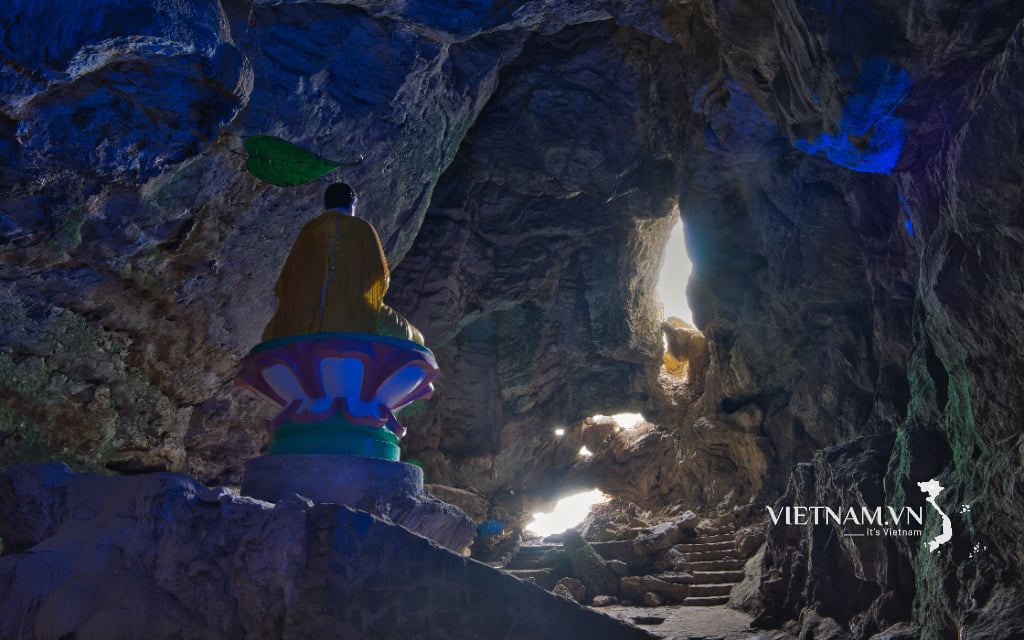



Comment (0)